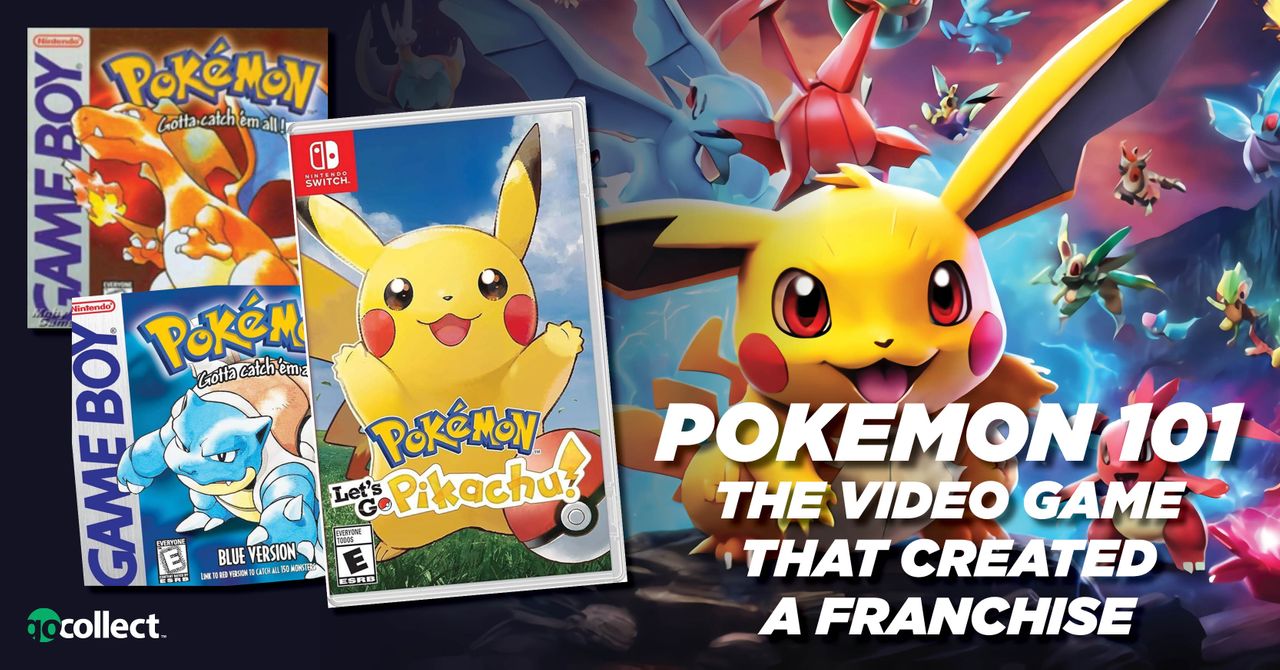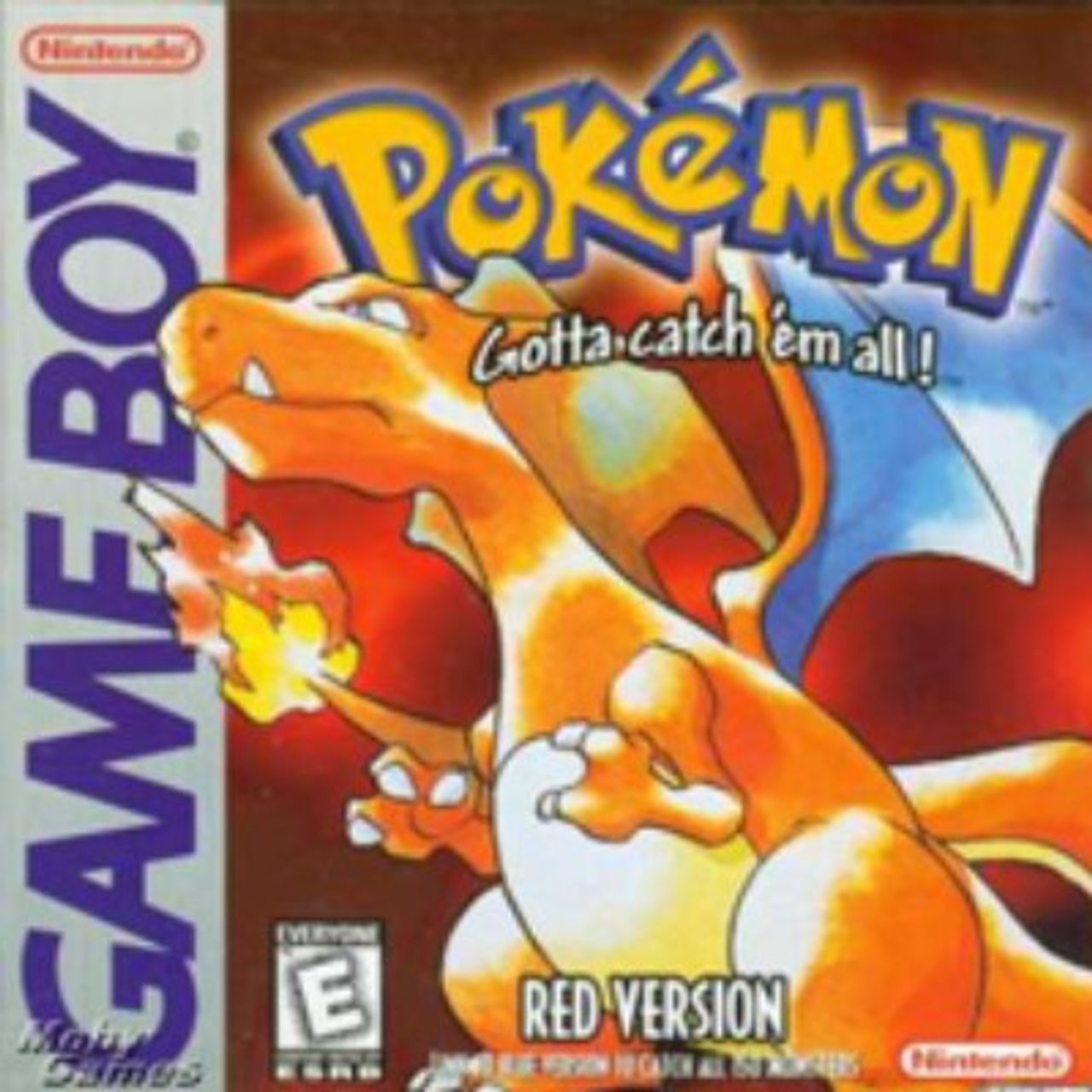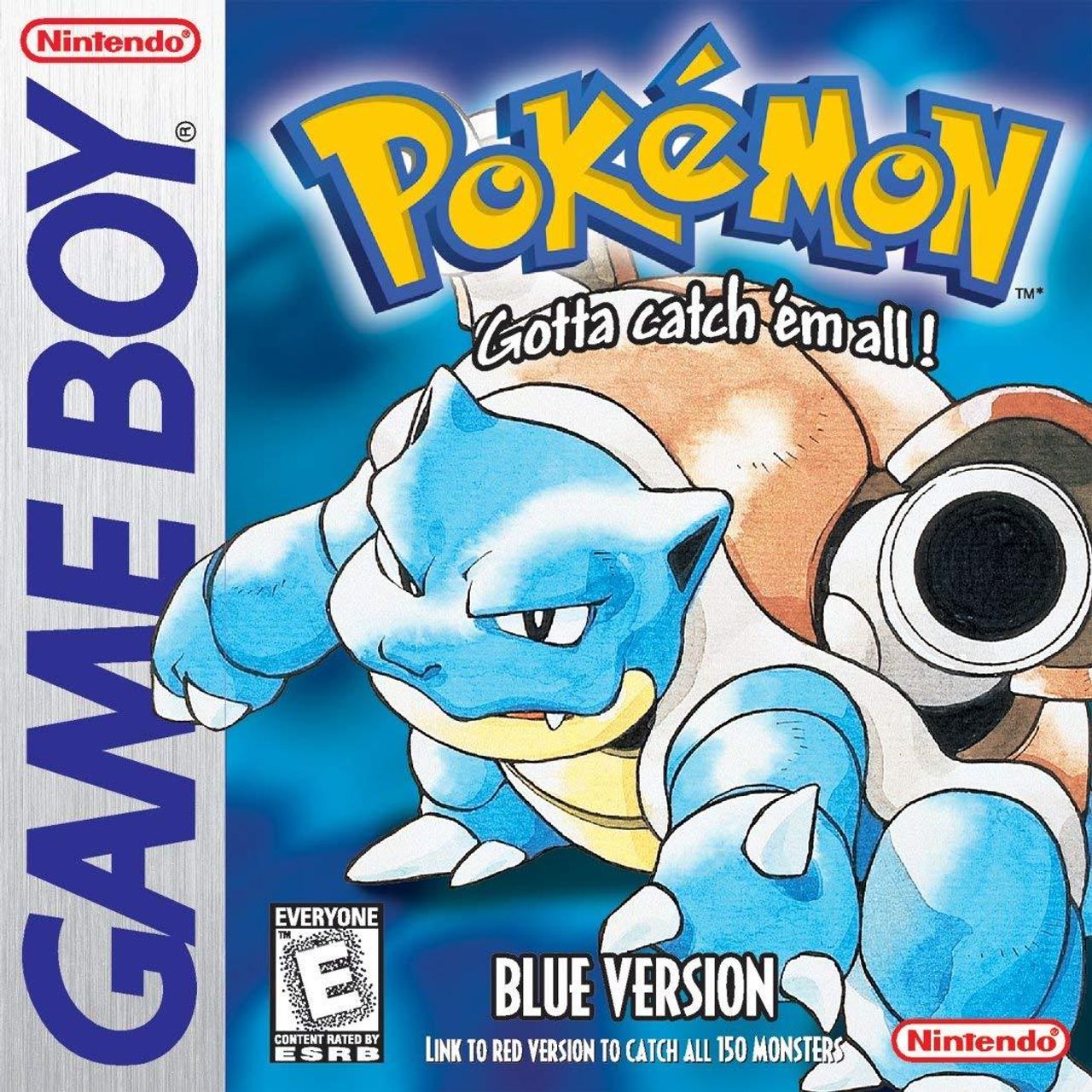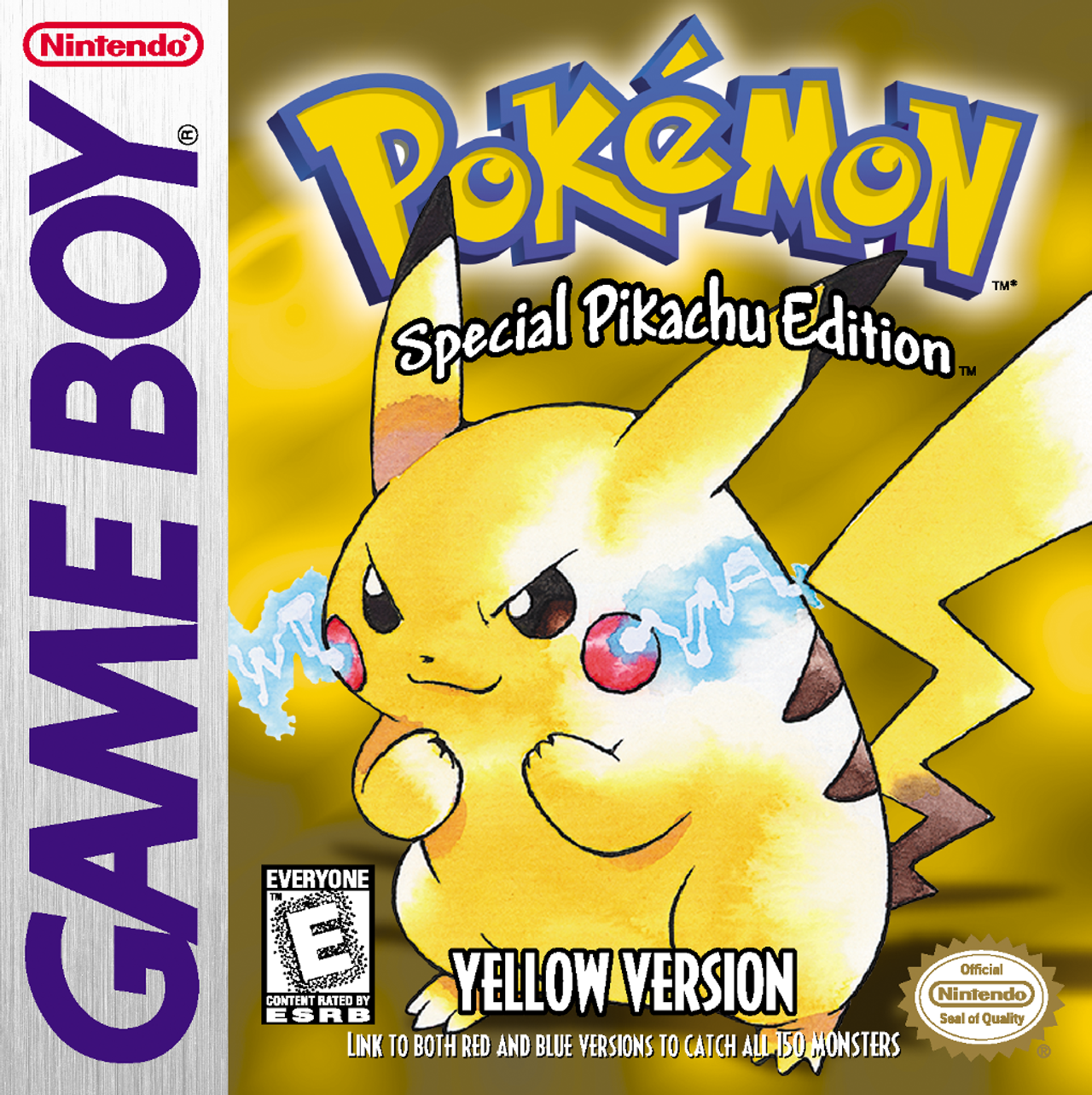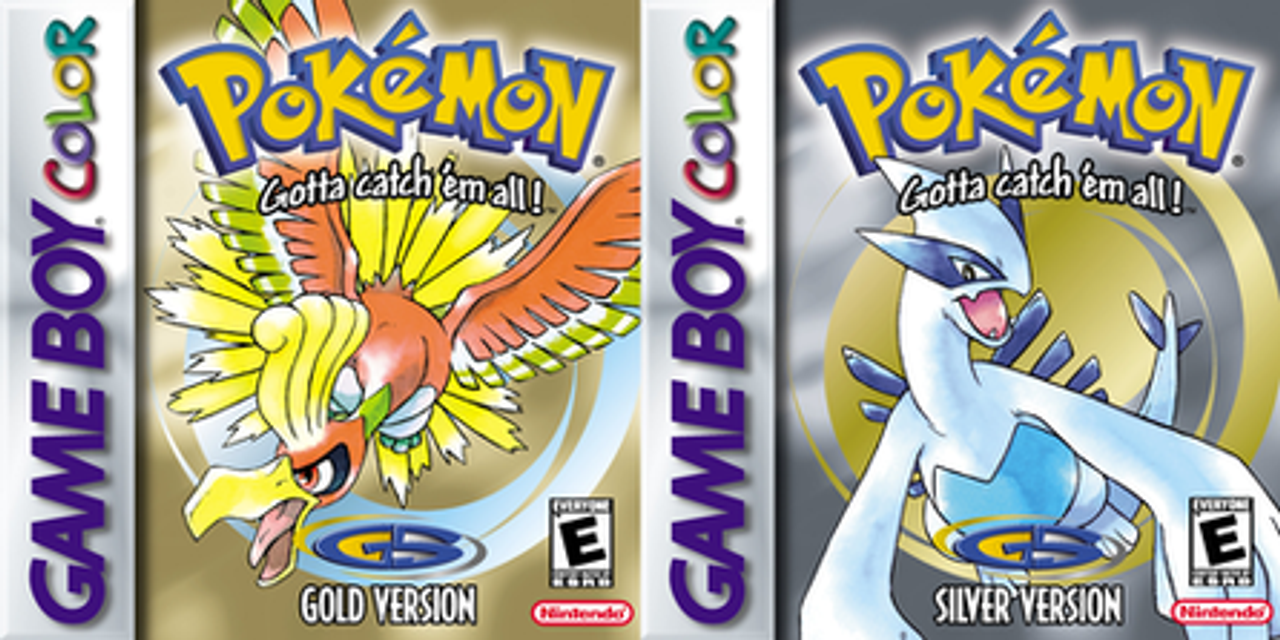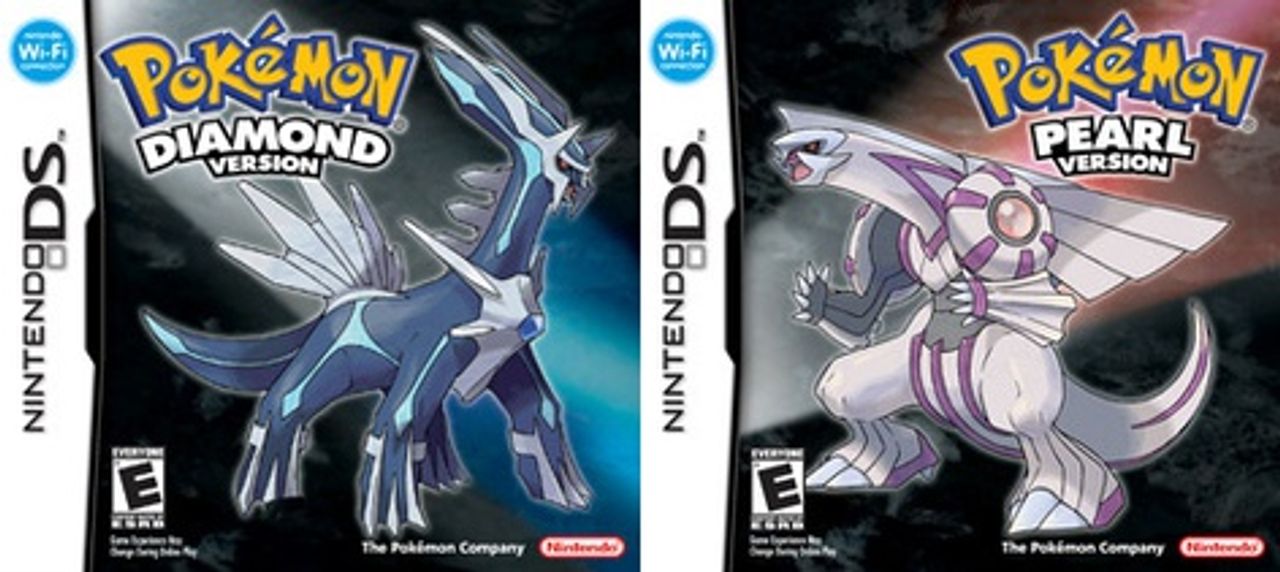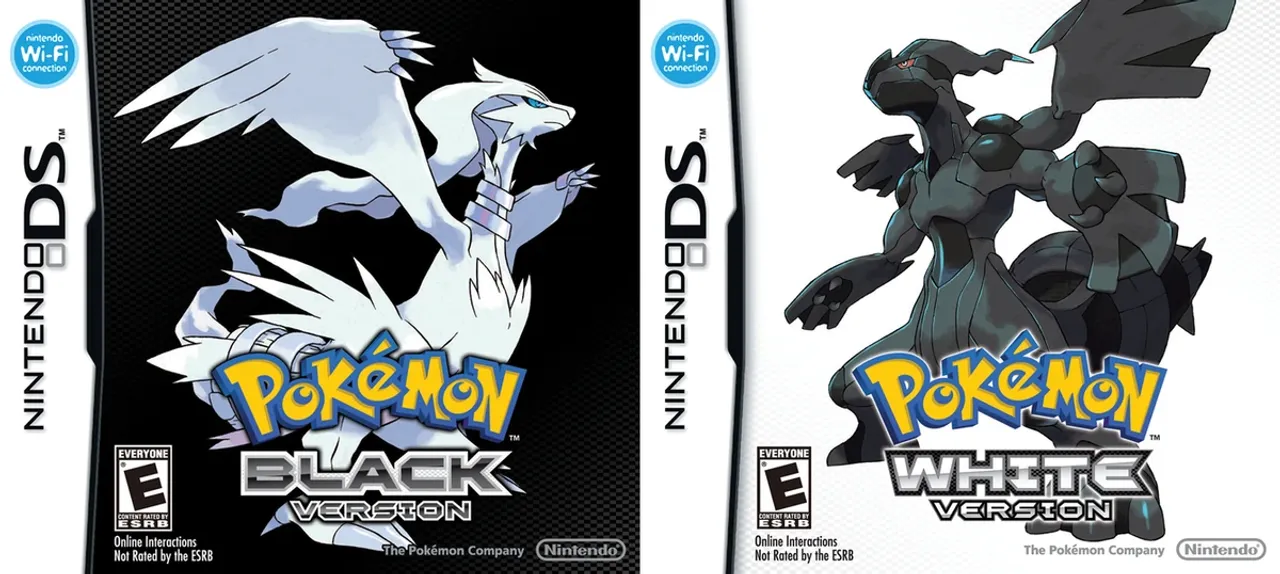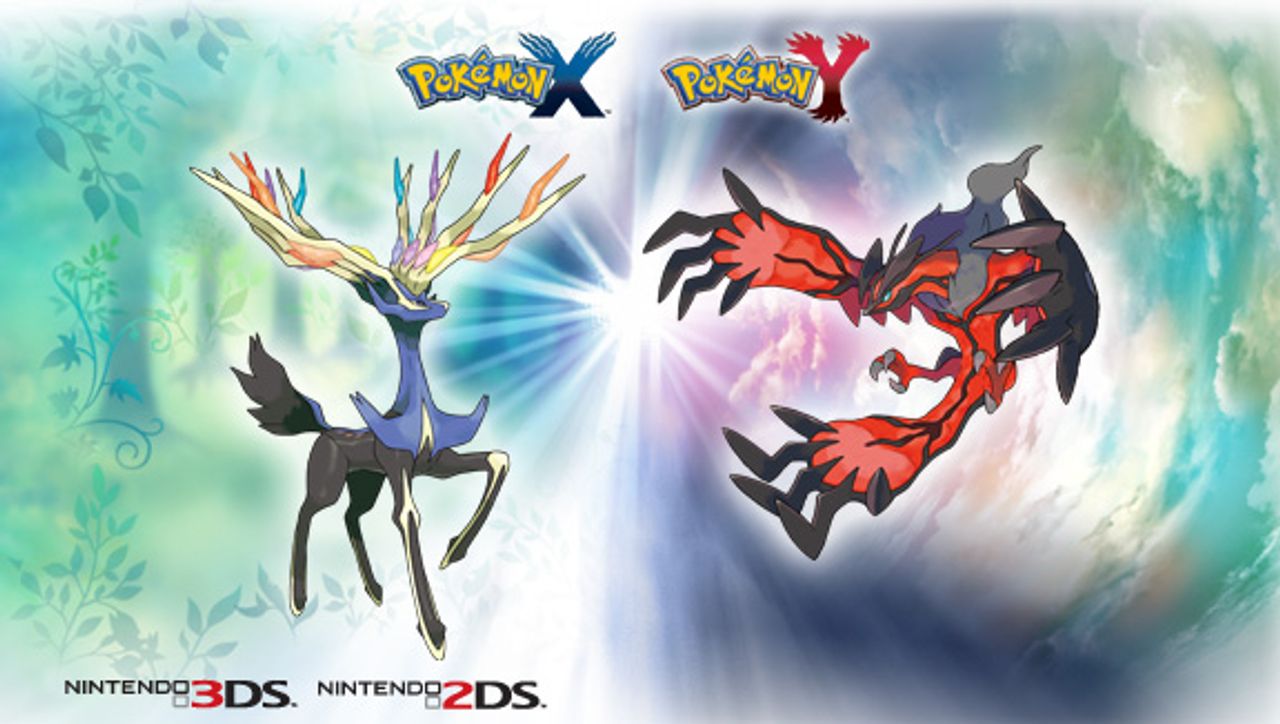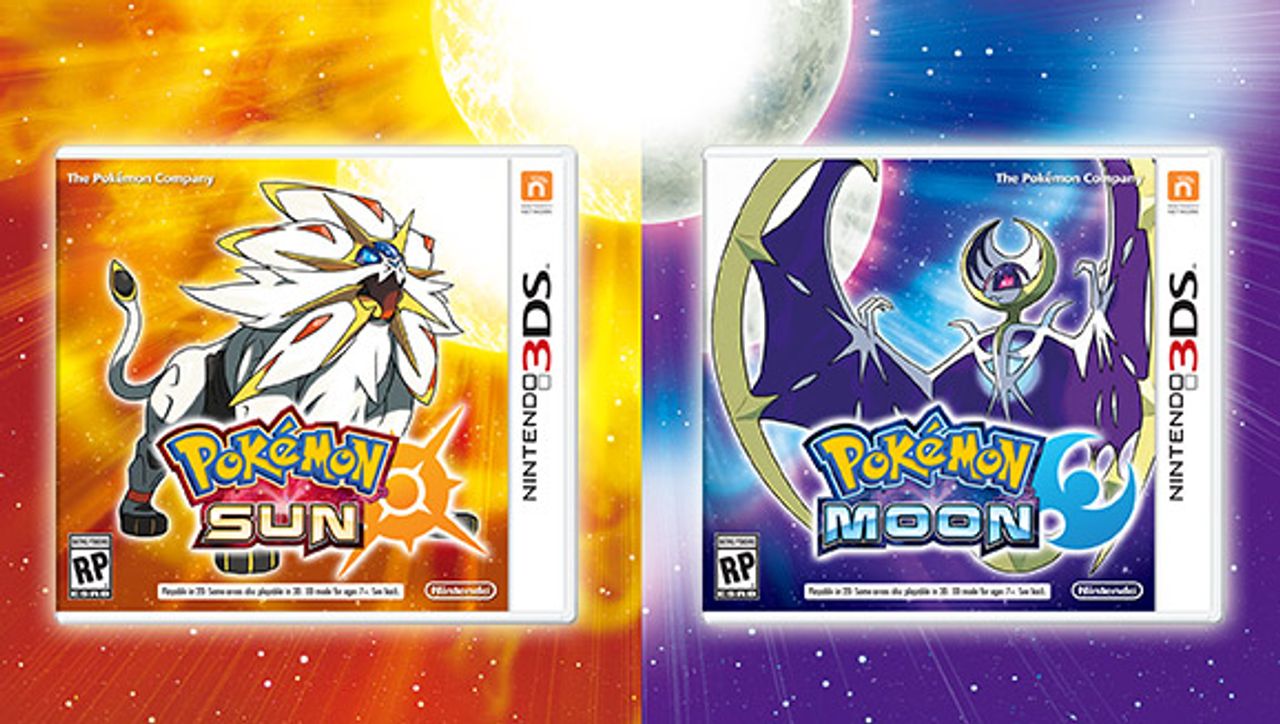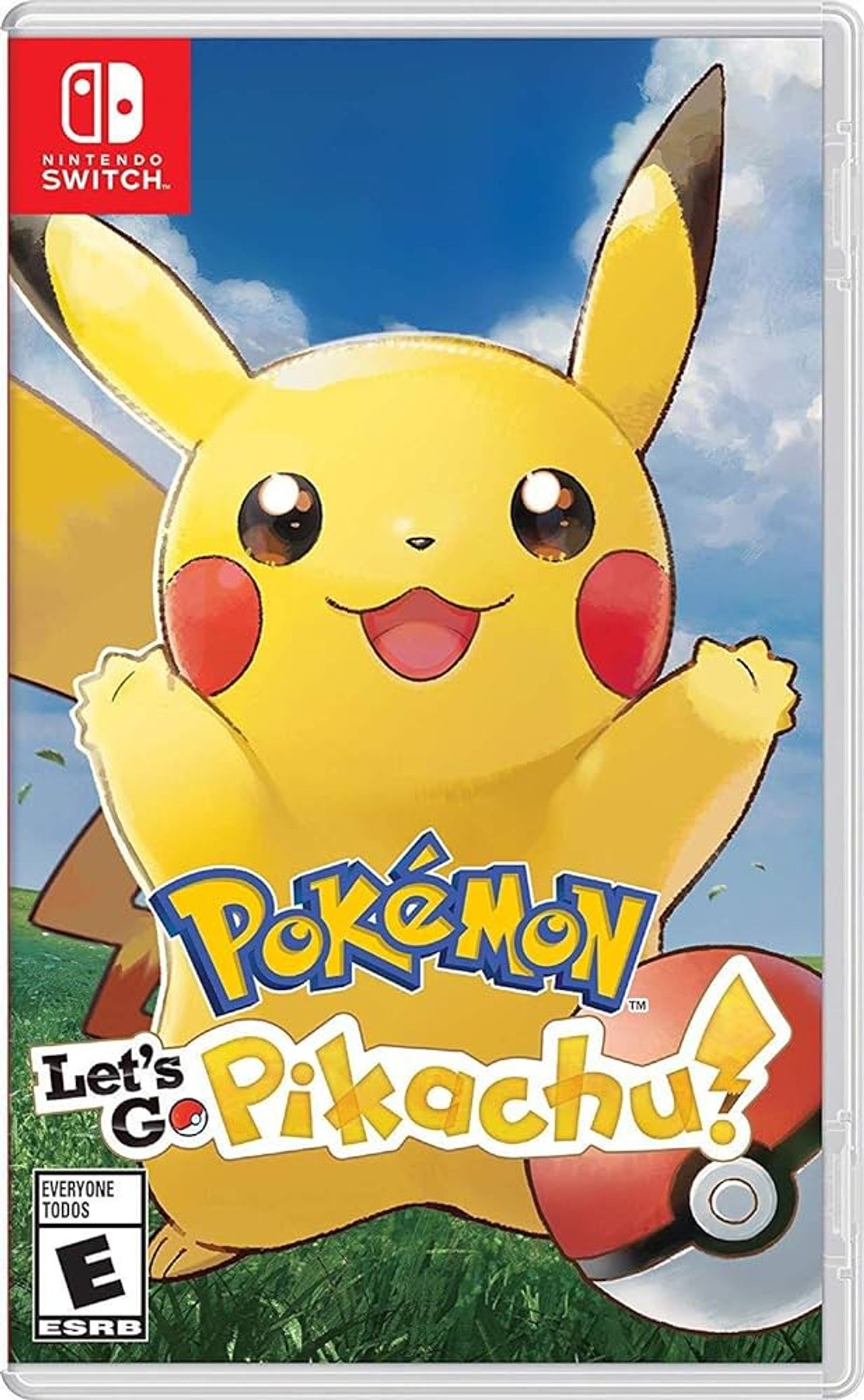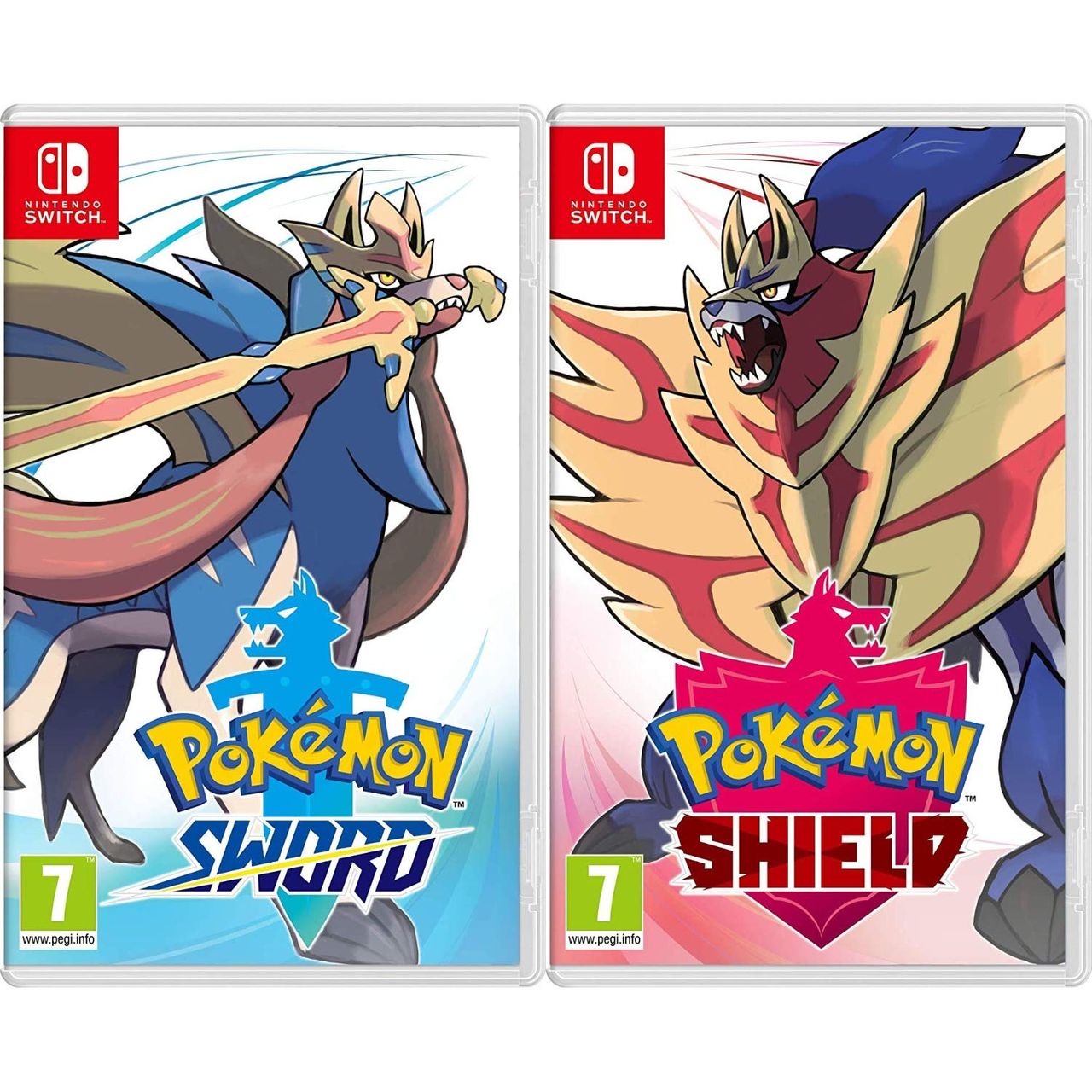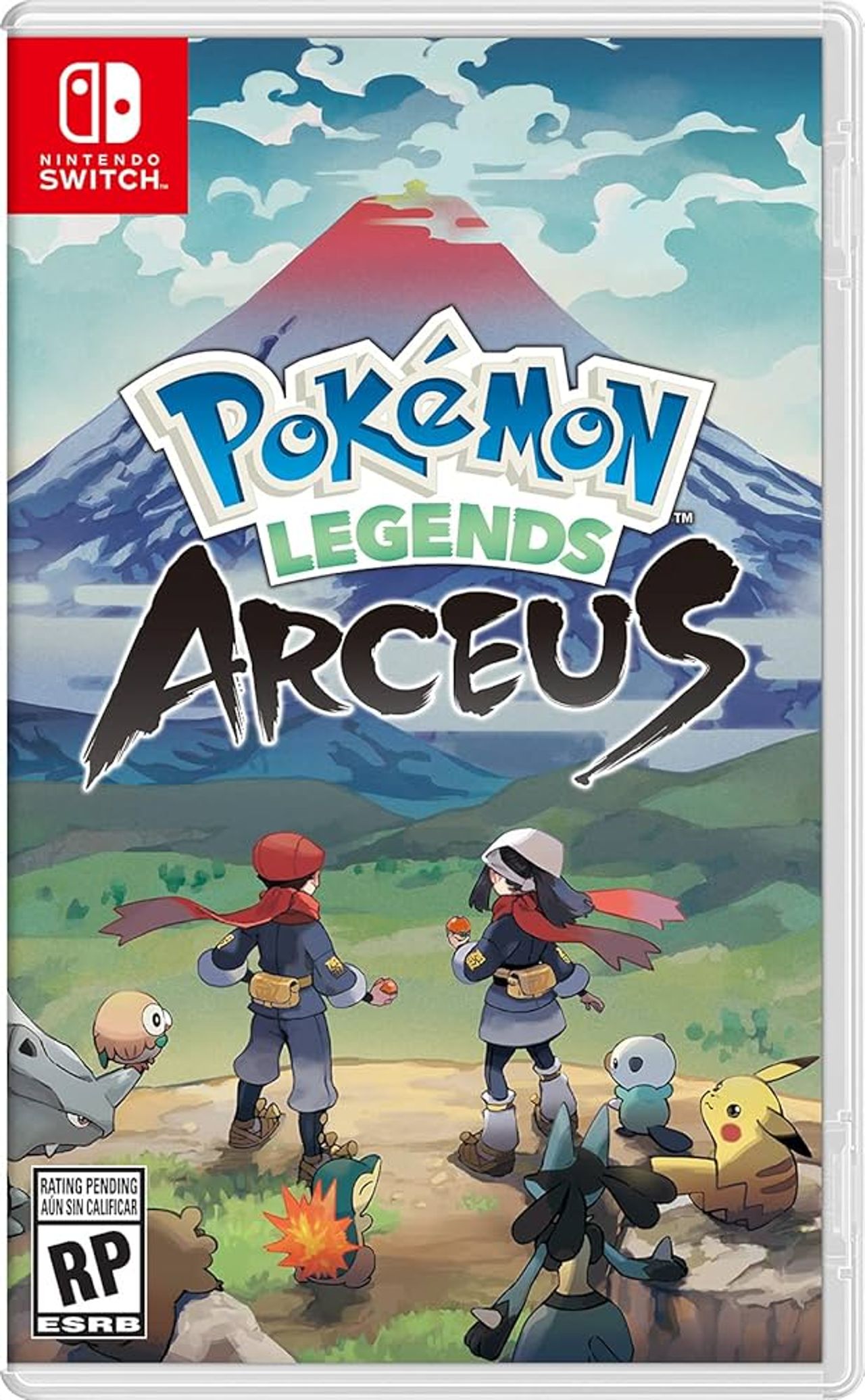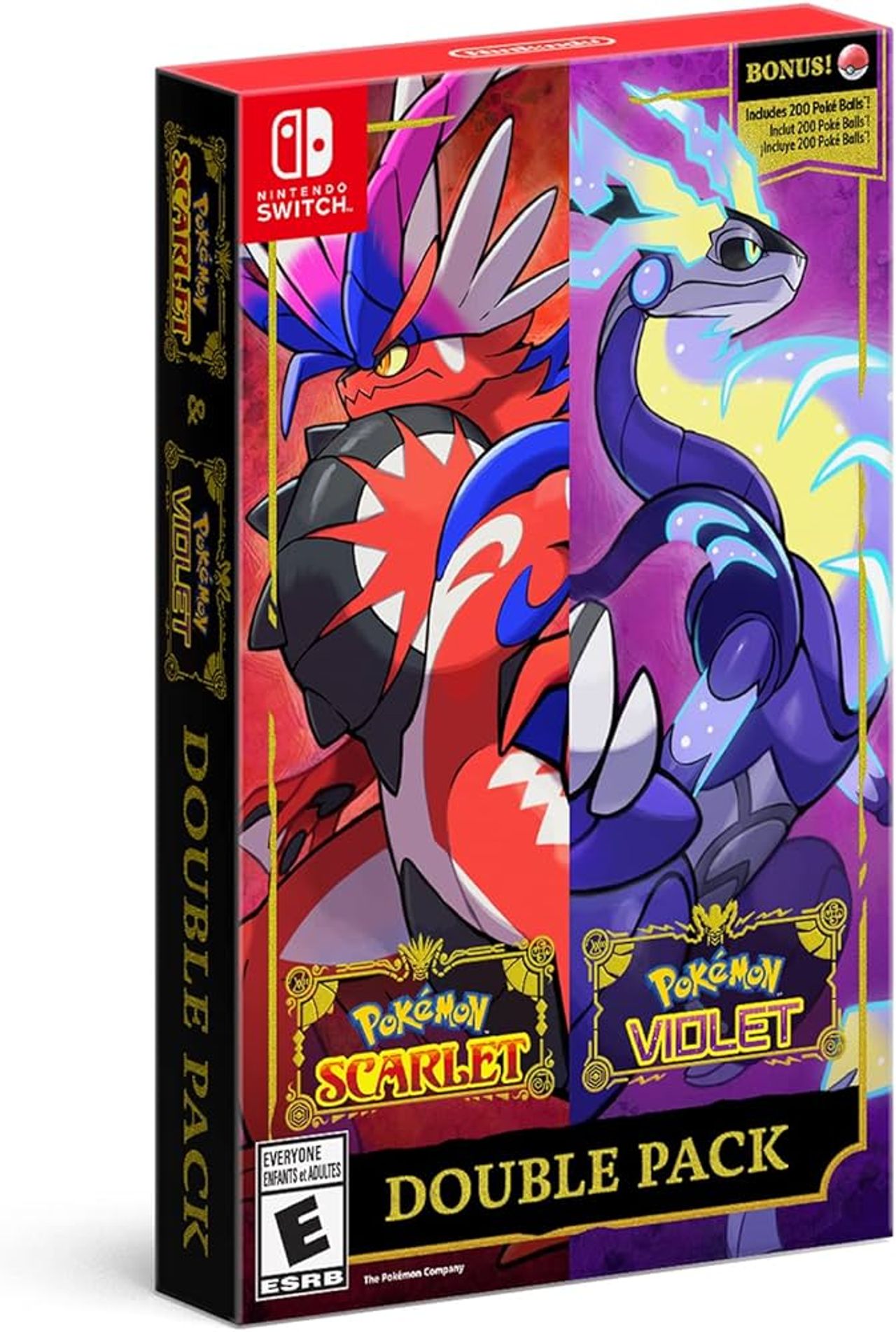In early 1996 the world was introduced to Nintendo's newest role-playing game, Pocket Monsters - or more commonly referred to as - Pokemon. Released in Japan in a Red and Green version, players of all ages were transported to the engaging and wild world of these digital monsters and humans. Six months later the adjacent trading card game was released, bringing in even more people to the blossoming franchise. Over 25 years later, Pokemon is one of the most recognized video game franchises globally, bringing joy to millions of people of all ages.
I was in middle school when the Pokemon craze began in North America. My friends and I would spend our weekly allowance on trading card blister packs from Toys R Us or Suncoast and tear them open in a frenzy. We would spend afternoons and weekends completing our Pokedex's on our Game Boy's, and some of us may have woken up extra early to watch the Pokemon anime.
Getting started in the world of Pokemon can be very overwhelming - there's just so much of it. If you're new to Pokemon, welcome! We'll break down the different aspects of the franchise so it's easy to follow, starting with the main series of video games. That means we will only focus on the main Pokemon series, which started in America with Red and Blue. There are currently 9 generations of Pokemon games from the main storyline, each spanning across every Nintendo handheld console as well as the Nintendo Switch.
The Original Game Boy Games
Pokemon Red
Pokemon Blue
Pokemon Yellow
The first two games from the Nintendo company were Pokemon Green and Red. Both games were released in February of 1996 only in Japan and were followed by Pokemon Blue in 1996. All three games were a hit on their release, selling over 10 million units combined. In September 1998 Pokemon Yellow - an updated and enhanced version of the first three games - was released to high praise and fanfare. Pokemon quickly established itself as the best-selling game in Japan in less than 5 years after its release and would continue to dominate the Japanese charts until 2022.
It wasn't until September 1998 that North America got Pokemon Red and Blue. Pokemon Yellow saw a domestic release in October 1999, but Pokemon Green did not see a North American release. Green, Blue, and Red are the same game, but if you're a completionist, you will have to find a Japanese copy. Sales were strong domestically, selling 4 million units of the first game by the end of 1998. The Pokemon craze had become international and showed no signs of slowing down.
This version of Pokemon featured 151 unique Pokemon. Players could pick one starter Pokemon; Bulbasaur, Squirtle, or Charmander. From there you would explore the Kanto region (inspired by the real region in Japan) where you battle trainers, other Pokemon, and enemies alike. For many of us collecting all 151 Pokemon was the goal, but the game was forgiving enough that both casual and hardcore players could enjoy this game at any pace.
The Game Boy Color Games (Gen 2)
Pokemon Gold
Pokemon Silver
Pokemon Crystal
After the immense success of the first generation Pokemon game, it was time to level up and move into the world of Game Boy Color. In November 1999, Japan saw the release of Pokemon Gold and Pokemon Silver, with the North American counterparts released in October 2000. Pokemon Gold and Silver introduced 100 new Pokemon, but unlike the first game, you will have to trade or play both versions to complete your Pokemon Index, or Pokedex for short. Gold and Silver were as popular as the first game, and by 2010 roughly 23 million units of the game had been sold worldwide.
The final game in this generation, Pokemon Crystal, was released in December 2000 in Japan, and July 2001 in North America. Much like Pokemon Yellow, Crystal was an updated version of Gold and Silver and featured several new options, including the ability to play as a female character.
The Game Boy Advance Games (Gen 3)
Pokemon Ruby
Pokemon Sapphire
Pokemon Emerald
Pokemon FireRed
Pokemon LeafGreen
Pokemon Ruby and Sapphire were released first in Japan in November 2002, followed by a North American release in March 2003. This generation introduced 135 new Pokemon, but the game largely stayed the same. Now that Pokemon was on the Game Boy Advance the graphics and sound were leaps and bounds better than they were on the original Game Boy, but there was still room for improvement. Ruby and Sapphire would become The GBA's best-selling game, with over 16 million units sold. Despite that, Ruby and Sapphire performed worse than the other Pokemon games. Ruby and Sapphire would also get an enhanced version with Pokemon Emerald.
The GBA also had Pokemon FireRed and LeafGreen, remakes of the original 1996 game. This is the first time a Pokemon game would see a proper remake on a newer console.
The Nintendo DS Games (Gen 4)
Pokemon Diamond
Pokemon Pearl
Pokemon Platinum
Pokemon HeartGold
Pokemon SoulSilver
A personal favorite era of mine, the Nintendo DS saw two Pokemon generations - 4 and 5. Generation 4 starts with the popular Pokemon Diamond and Pearl games. Both were released in Japan in September 2006, with a North American release in April 2007. Diamond and Pearl introduced 107 new Pokemon, but in order to complete your Pokedex you will need to trade Pokemon between both games. Overall Diamond and Pearl operate the same as the previous Pokemon games. Pokemon Platinum was released in September 2008 in Japan, and March 2009 in North America. Platinum is largely the same game as Diamond and Pearl but with some software updates. The game also features a "Wi-Fi Plaza" with Pokemon mini-games inside. All three games sold extremely well, though Platinum may have helped boost sales for the Nintendo DS.
Following the tradition of FreRed and LeafGreen, the DS also had two remakes of earlier Pokemon games as well - HeartGold and SoulSilver. Both games feature updated graphics and gameplay, and a handful of new features to draw returning players in.
The Nintendo DS Games (Gen 5)
Pokemon Black
Pokemon White
Pokemon Black2
Pokemon White2
The 5th generation of Pokemon games included Pokemon Black and White. Both were released in Japan in September 2010 and in North America in March 2011. This generation brought in 156 new Pokemon, and several new in-game features, such as; fully animated Pokemon sprites, seasons, and new ways to battle. These games were an overall hit, selling a little over 15 million units worldwide as of September 2017.
Nintendo released two direct sequels in June (Japan) and October (North America) 2012, Black2 and White2. While in the past Nintendo would release an updated version of each generation of games, this generation did not get such a game. Like the prior games, you will need to trade between games to fill your Pokedex.
The Nintendo 3DS Games (Gen 6)
Pokemon X
Pokemon Y
Pokemon Omega Ruby
Pokemon Alpha Sapphire
The Nintendo 3DS also saw two generations of Pokemon with gen 6 and 7. Towards the end of the 3DS life cycle, Nintendo began to transition all of their games to the Nintendo Switch, but not before giving us some great Pokemon games! For Pokemon X and Pokemon Y, Nintendo released the games worldwide in October 2013, marking the first time a Pokemon game received a same-day worldwide release. X and Y introduced 72 new Pokemon, including the popular fairy-type Pokemon. While the games are largely similar, you will need to trade between the two to complete your Pokedex. As of March 2023, over 16 million units were sold worldwide.
In November 2014 Pokemon Omega Ruby and Alpha Sapphire were released. These are the remakes of the Ruby and Sapphire games for the Game Boy Advance. Over 14 million copies of both have been sold, making Omega Ruby and Sapphire one of the best-selling 3DS games of all time.
The Nintendo 3DS Games (Gen 7)
Pokemon Sun
Pokemon Moon
Pokemon Ultra Sun
Pokemon Ultra Moon
For Pokemon's 20th anniversary, Nintendo released Pokemon Sun and Moon in November 2016. This game introduced 81 new Pokemon, powerful new moves known as Z-Moves, and updated gameplay and graphics. Pokemon Sun and Moon would win the 2017 Golden Joystick Award for Handheld/Mobile Game of the Year and would go on to sell over 16 million copies. Ultra Sun and Ultra Moon were released in November 2017 and were enhanced versions of the game. Ultra Sun and Ultra Moon included different Pokemon from the prior two games, as well as an alternate storyline from the original games.
These four games would be the last Pokemon games released for a proper handheld.
The Nintendo Switch Games (Gen 7)
Let's Go, Pikachu!
Let's Go, Eevee!
In March 2017 Nintendo launched the Nintendo Switch worldwide. This console was both a portable handheld and in-home console, finally combining the best of both worlds. In November 2018 Nintendo released Let's Go, Pikachu! and Let's Go, Eevee!, remakes of Pokemon Yellow. These are also the first main series installments for a home-use console and were also compatible with the mobile game Pokemon Go. Over 15 million units have been sold worldwide as of December 2023.
The Nintendo Switch Games (Gen 8)
Pokemon Sword
Pokemon Shield
The first true main story games for the Switch, Pokemon Sword and Shield, were released in November 2019. Sword and Shield follows the typical Pokemon mechanics, but unlike prior games you can not transfer Pokemon to this new game - as a result, many Pokemon were excluded from the game. This upset many fans who could no longer complete their Pokedex, a key component of the original game. Despite this, the game has sold over 26 million units worldwide as of June 2024.
This is also the first time a Pokemon game's "enhanced" version would only be available via downloadable content.
Honorable Gen 8 Mention: Pokemon Legends: Arceus
While not necessarily a part of the main storyline, Pokemon Arceus was released for the Nintendo Switch in January 2022 and acts as an interquel between Pokemon Brilliant Diamond and Shining Pearl. The main goal of this game is to complete the player Pokedex as you explore the Hisui region. This game is also unique as it sends the player back in time. Arceus has sold over 14 million units worldwide and won the 2022 Nintendo Game of the Year from the Golden Joystick Awards.
The Nintendo Switch Games (Gen 9)
Pokemon Scarlet
Pokemon Violet
Pokemon Scarlet and Violet are the latest Pokemon games from the main series that have come out. Scarlet and Violet saw a worldwide release in November 2022, and like Sword and Shield has DLC expansions. This is the first main storyline game that features an open world, a wonderful concept for a Pokemon game. The game introduced 120 new Pokemon, and to date holds the record for most pre-orders for a main Pokemon game. Yet despite that, this game received mixed reviews from critics and fans.
